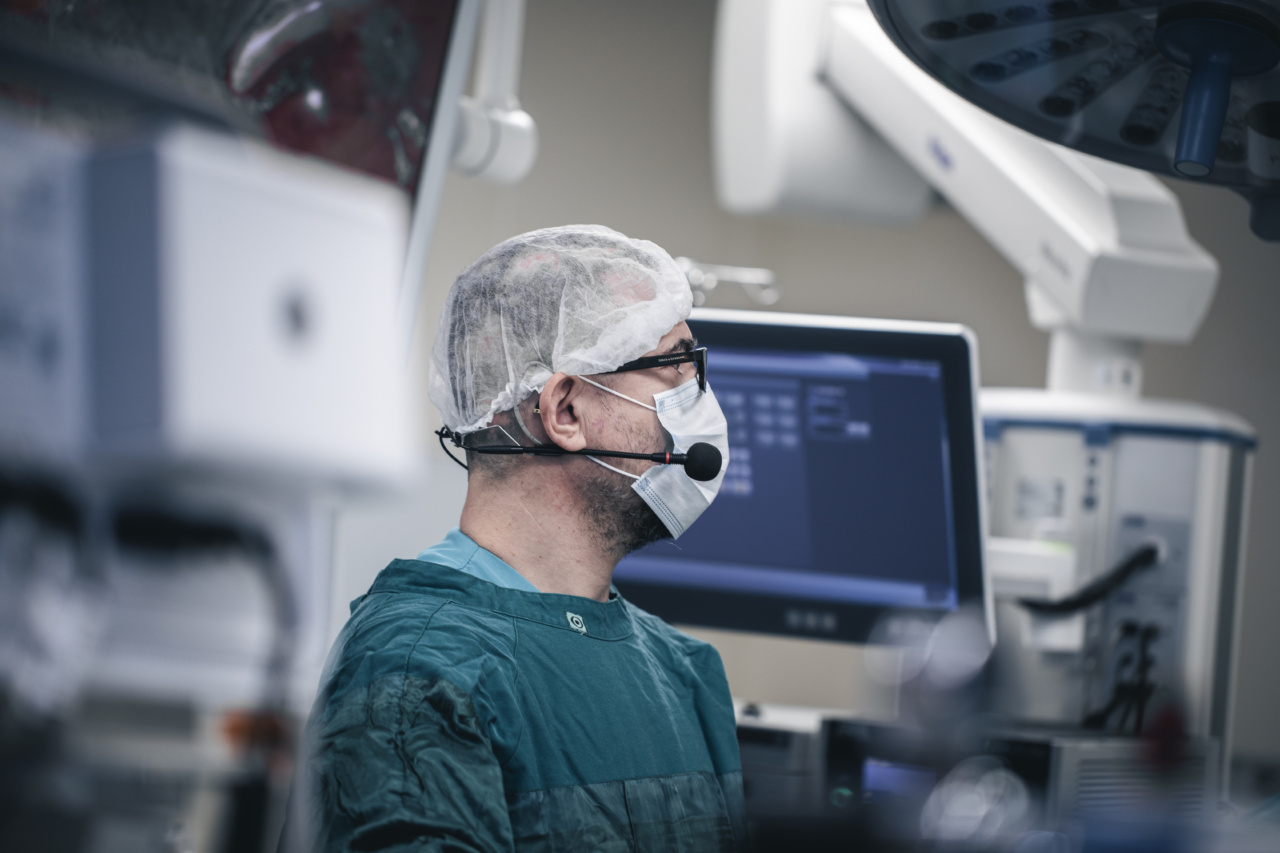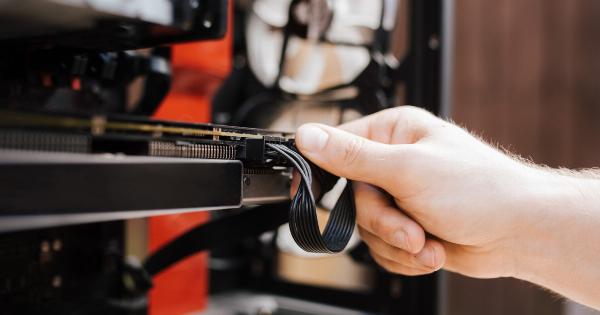Minimally invasive hernia surgery is a modern surgical technique that aims to repair hernias using small incisions and specialized instruments.
This approach offers numerous advantages over traditional open surgeries, including faster recovery times, reduced postoperative pain, and a lower risk of complications. In this article, we will explore the various benefits of minimally invasive hernia surgery and discuss how it has revolutionized the field of hernia repair.
What is a hernia?
Before delving into the details of minimally invasive hernia surgery, it is essential to understand what a hernia is. A hernia occurs when an organ or fatty tissue protrudes through a weak spot in the surrounding muscle or connective tissue.
This can result in a noticeable bulge, discomfort, or pain. Common types of hernias include inguinal, femoral, umbilical, and hiatal hernias.
Traditional hernia surgery
Traditional hernia surgery, also known as open hernia repair, involves creating a large incision directly over the hernia.
The surgeon then pushes the protruding tissue back into place and repairs the weakened muscle or connective tissue using stitches or mesh. Although this technique has been widely used for many years, it is associated with significant postoperative pain, a longer recovery period, and a higher risk of complications such as infection and blood clots.
Advantages of minimally invasive hernia surgery
Minimally invasive hernia surgery has revolutionized the field of hernia repair by offering several benefits to patients. Some of the most significant advantages include:.
1. Smaller incisions
Unlike traditional open surgeries, minimally invasive hernia surgery requires only small incisions, typically less than an inch in length. These tiny incisions minimize scarring and reduce the risk of postoperative complications.
2. Reduced postoperative pain
Minimally invasive hernia surgery causes less trauma to the surrounding tissue, resulting in significantly less postoperative pain compared to traditional surgery.
This means patients require less pain medication and can resume their normal activities sooner.
3. Faster recovery
Due to the smaller incisions and reduced tissue trauma, patients who undergo minimally invasive hernia surgery experience a faster recovery period.
In many cases, individuals can return to work within a week and resume normal physical activities within a few weeks, whereas traditional surgery may require several weeks or even months of recovery time.
4. Lower risk of infection
The smaller incisions used in minimally invasive hernia surgery minimize the risk of infection.
Moreover, the specialized instruments used during the procedure help maintain a sterile surgical environment, reducing the chances of postoperative complications.
5. Decreased recurrence rates
Studies have shown that minimally invasive hernia surgery has lower recurrence rates compared to traditional open surgery. The use of mesh reinforcement during the procedure helps provide better support and reduces the risk of hernia recurrence.
Techniques of minimally invasive hernia surgery
There are several techniques used in minimally invasive hernia surgery, including laparoscopic and robot-assisted techniques.
Both approaches offer similar benefits and outcomes, with the choice depending on the surgeon’s expertise and the patient’s specific situation.
1. Laparoscopic hernia repair
Laparoscopic hernia repair involves the use of a thin, flexible camera called a laparoscope and specialized instruments. The surgeon makes several small incisions in the abdomen, through which the laparoscope and instruments are inserted.
The camera provides a magnified view of the internal structures, allowing the surgeon to repair the hernia with precision.
2. Robot-assisted hernia repair
In robot-assisted hernia repair, the surgeon controls robotic arms to perform the surgery. This technique offers enhanced precision and dexterity, allowing for more complex hernia repairs.
The robotic arms precisely mimic the surgeon’s hand movements, providing greater control and flexibility during the procedure.
Who is a suitable candidate for minimally invasive hernia surgery?
Minimally invasive hernia surgery is suitable for most hernia patients, including those with inguinal, femoral, umbilical, or hiatal hernias.
However, the suitability of the procedure depends on various factors, including the size and type of the hernia, the patient’s overall health, and the surgeon’s recommendation. It is essential to consult with a qualified surgeon to determine the most appropriate approach for hernia repair.
Potential risks and complications
While minimally invasive hernia surgery offers numerous benefits, it is not entirely risk-free.
Potential risks and complications that may arise include infection, bleeding, damage to surrounding organs or blood vessels, recurrence of the hernia, and allergic reactions to anesthesia or surgical materials. However, these risks are relatively rare, and the overall complication rates of minimally invasive hernia surgery are significantly lower compared to traditional open surgery.
Conclusion
Minimally invasive hernia surgery has transformed the field of hernia repair by offering a safer and more efficient alternative to traditional open surgeries.
With smaller incisions, reduced postoperative pain, faster recovery times, and lower recurrence rates, this modern technique provides significant advantages to patients. However, it is crucial to consult with a skilled surgeon to determine the most appropriate surgical approach based on individual circumstances.
By opting for minimally invasive hernia surgery, patients can experience a quicker recovery and regain their quality of life more promptly.





























